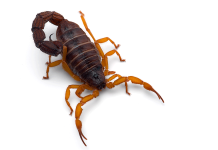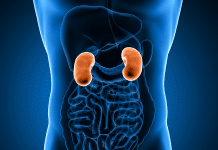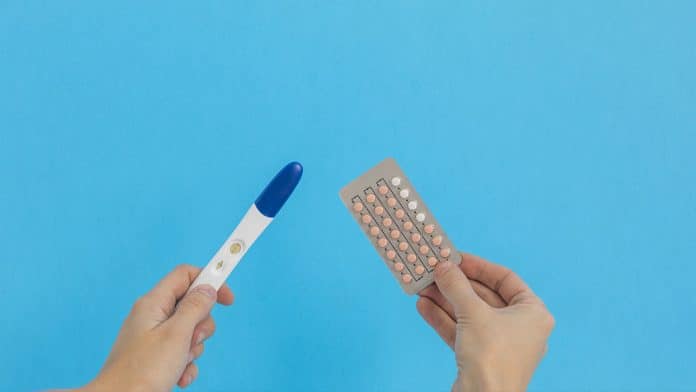Contraception is a way to prevent pregnancy. Although different contraception methods work in different ways, contraception generally prevents sperm from reaching and fertilizing an egg, which is how a pregnancy starts.
Some forms of contraception are more effective than others. Some are more than 99% effective at preventing pregnancy, particularly the “fit and forget” Long-Acting Reversible Contraception (LARC) methods.
Birth control is the use of various devices, drugs, agents, sexual practices, or surgical procedures to prevent conception or pregnancy. It enables people to choose when they want to have a baby. A range of devices and treatments are available for both men and women that can help prevent pregnancy.
Withdrawal, also known as coitus interruptus, is when the man removes the penis from the vagina so that ejaculation occurs outside of the vagina. In theory, this prevents the sperm from being deposited in the vagina.
The male condom forms a barrier and prevents pregnancy by stopping sperm from entering the vagina. It can also help to prevent the spread of sexually transmitted infections (STIs).
The female condom, or femidom, is made of polyurethane. It has a flexible ring at each end. One fixes behind the pubic bone to hold the condom in place, while the other ring stays outside the vagina.
Consider watching this video to know top 10 strange things pregnancy does to your body.
A diaphragm is a barrier method that is best with spermicide. A diaphragm is a rubber, dome-shaped device that is inserted into the vagina and placed over the cervix. It fits into place behind the woman’s pubic bone and has a firm but flexible ring that helps it press against the vaginal walls.
A cervical cap is a thimble-shaped, latex rubber barrier device that fits over the cervix and blocks sperm from entering the uterus. The lid should be about one-third filled with spermicide before inserting. It stays in place by suction.
The contraceptive injection, or “the shot,” is a progestin-only, long-acting, reversible, birth-control drug. The name of the drug is Depo-Provera, also known as the Depo shot or DMPA.
The intrauterine device (IUD), or coil, is a small, flexible T-shaped device that is placed in the uterus by a physician. A copper IUD releases copper, and this acts as a spermicide. A hormonal IUD contains progestin. It prevents the sperm from reaching and fertilizing the egg by thickening the cervical mucus and thinning the wall of the uterus.
The combined contraceptive pill is taken daily. It contains two hormones, estrogen, and progestin. The hormones stop the release of the egg or ovulation. They also make the lining of the uterus thinner.
Contraceptive patch is a transdermal patch that is applied to the skin. It releases synthetic estrogen and progestin hormones.The patch is worn each week for three consecutive weeks, generally on the lower abdomen or buttocks.
The contraceptive vaginal ring is a flexible, plastic ring that releases a low dose of progestin and estrogen over three weeks. It prevents ovulation and thickens the cervical mucus, so that sperm cannot move quickly.
Emergency contraceptive pills, or the “morning-after pill,” may prevent pregnancy after intercourse. It prevents ovulation, fertilization, or implantation of an embryo.
No method of birth control is 100 percent effective. Combining two plans, for example, the pill with a condom offers extra protection as well as some protection against STIs.
It is essential to be informed and to use birth control wisely!
Until Next Time,
Team Doctor ASKY!




















